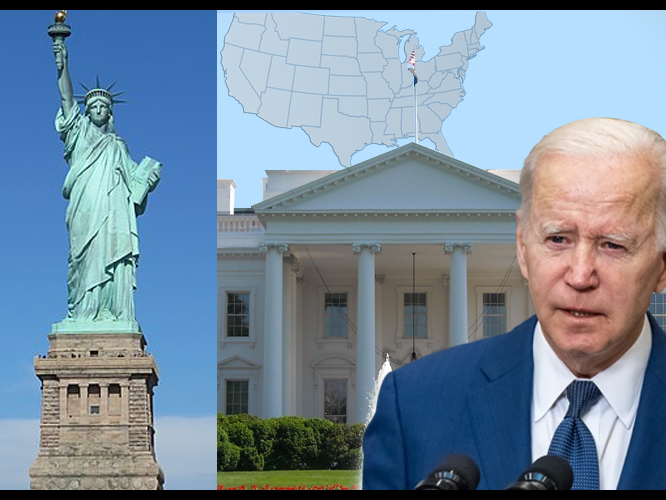Canada’s exports jumped 2.5 per cent in April and hit an all-time high by volume, while imports declined 0.2 per cent partly because of a fall in energy products, Statistics Canada said on Wednesday.
As a result, the country’s trade surplus with the world widened to $1.94-billion in April, more than double analysts’ forecasts of a C$900-million surplus. March’s surplus was downwardly revised to $231-million from $972-million.
The Canadian economy has largely been outperforming expectations despite record-paced interest rate hikes by the Bank of Canada between March 2022 and January this year.
The bank on Wednesday raised its key overnight benchmark rate to a 22-year high of 4.75 per cent on increasing concerns that inflation could get stuck significantly above its 2 per cent target amid persistently strong economic growth.
Stuart Bergman, chief economist at Export Development Canada, said April’s data was good but cautioned that the exports level may not be sustainable.
“”At face value the headline number is fairly good but as you dig a little bit deeper there is cause for some concern as to whether we would expect to see these export gains repeated in May and June,” Bergman said.
The surge in exports was driven by metal and non-metallic mineral products as well as energy products, Statscan said. By volume, exports were up 2.8 per cent and surpassed pre-COVID-19 pandemic levels.
The rise in metal product exports included higher transfers of gold assets from Canadian financial institutions to the United States in a sign economic uncertainty is making investors favour the safe-haven metal, the agency said.
“The cautionary note is many of those volume shipments reflect those truckloads of gold being shipped down to the U.S. and so certainly that’s not something that we would expect to see repeated in future months,” Bergman said.
Imports declined for a third consecutive month, in part due to lower crude shipments from Saudi Arabia and the United States. Imports of refined petroleum products also contributed to the decrease. By volume, total imports increased 1 per cent.
Last week, data showed that Canada’s economy benefited from favourable international trade and expanded faster than expected in the first quarter ended March and likely accelerated further in April. Annual inflation also came in hotter than anticipated in April, accelerating for the first time in 10 months to 4.4 per cent, more than double the BoC’s 2 per cent target.



 Top Biotech IPOs Of 2021 That Soared As Much As500%Top Biotech IPOs Of 2021 That Soared As Much As 500%-Share Story
Top Biotech IPOs Of 2021 That Soared As Much As500%Top Biotech IPOs Of 2021 That Soared As Much As 500%-Share Story